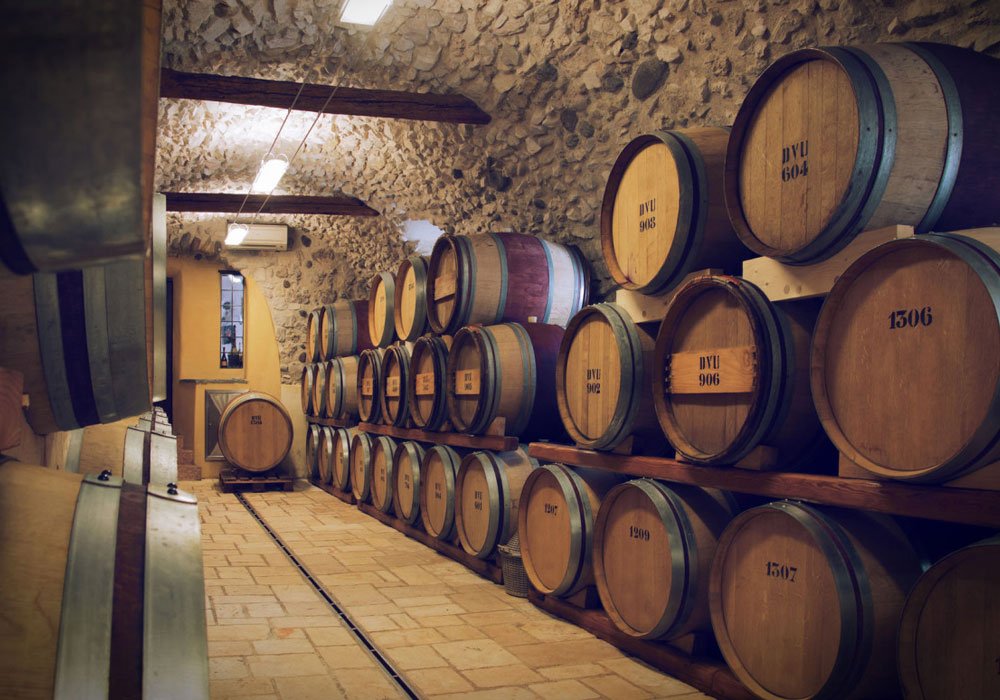Assessing Aging Beer

Many breweries currently have beer in inventory with many weeks or months of age, which puts them in unknown territory. Deciding what to do with that beer is difficult and important. This is especially true for taprooms and brewpubs who have never packaged before and are considering selling packaged beer for the first time.
If the beer is true to brand and stable, then selling it with reasonable date codes makes sense. But if the beer is not true to brand, or is showing signs of microbiological issues, selling it can result in profound reputational risk. In these cases, disposing of the beer may be the best decision, even if financially difficult.
Some factors to consider:
- Understand your brewery quality needs. No one knows your beer brands better than you, and your team holds the life of each brand in their hands.
- Start with sensory. Every brewery employee has a palate (and can continue to develop this palate). Put those noses and taste buds to work and be honest with yourselves as a team. Does the beer taste the way it normally does, or is it off brand? If you have cold stored packaged beer, compare flavor profiles with your aged beer. If the flavor profile of the aged beer is off brand, find alternatives to selling it.
- Check beer pH. Ideally, you know the pH of your beer over its lifetime, through fermentation, maturation, and in package. A rising pH in stored beer can indicate yeast autolysis, which can lead to off flavors spilling from yeast into your beer. Dropping tank bottoms weekly during unusually long storage can help avoid autolysis. If you notice pH start to rise, remove yeast from the beer (filter if you can) and then go back to sensory to decide if the beer meets your flavor specifications. Likewise, falling beer pH can indicate microbiological issues.
- Check for microbiological contamination. Even the most fastidious brewery’s beers will show microbiological issues in beer stored for longer than usual. Your lab will often find significant microbiological issues before your sensory panel. The fate of such beer will depend on whether you can stabilize it with micro filtration or pasteurization. If you don’t plan to stabilize beer with microbiological issues, consider not selling it.
- Combining multiple kegs or tanks of beer for packaging is highly discouraged. Just as one bad apple spoils the whole barrel, combining 10, 20, or 50 kegs of beer multiplies the risk of spoilage exponentially. This suggestion is about product and reputational risk management.
The decision to sell aging stored beer will be especially difficult for brewpubs and taprooms which usually sell fresh beer at retail in draught form and may not have established a shelf life for their beer brands.
If you decide to sell aged stored beer:
- In draught on brewery premise: Monitor the beer daily via sensory and stop selling when and if it wanders away from brand flavor specifications. Ideally, you’ll preempt less-than-positive customer comments.
- In draught at retailer partners: Keep keg inventory low and monitor sales velocity. Be prepared to discuss with retailers replacing beer that fails to meet brand flavor specifications over time.
- In package (cans/bottles): Assuming the beer meets flavor and micro specs, and you decide to package it for sale, be sure to establish a reasonable date code for that packaging lot. For example, if you normally code with a best-by date at six months out, but the beer is eight weeks older at packaging than usual, consider adjusting that lot’s date code down by 2 months, with a code that’s four months out instead. The more you know about your beer’s aging cycle informs a proper date code.
Source:



